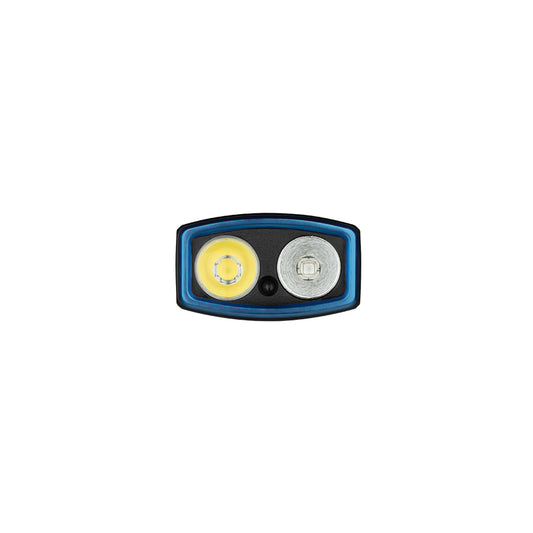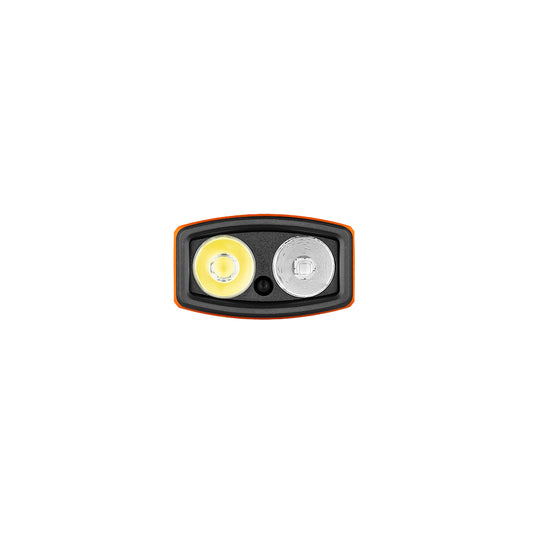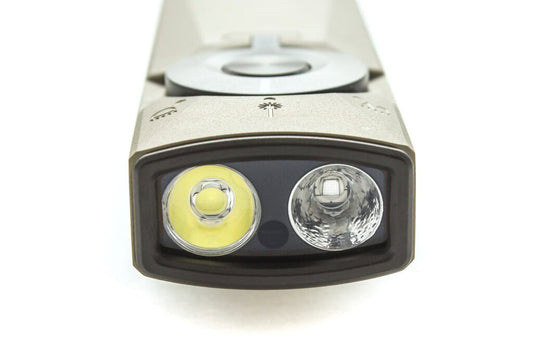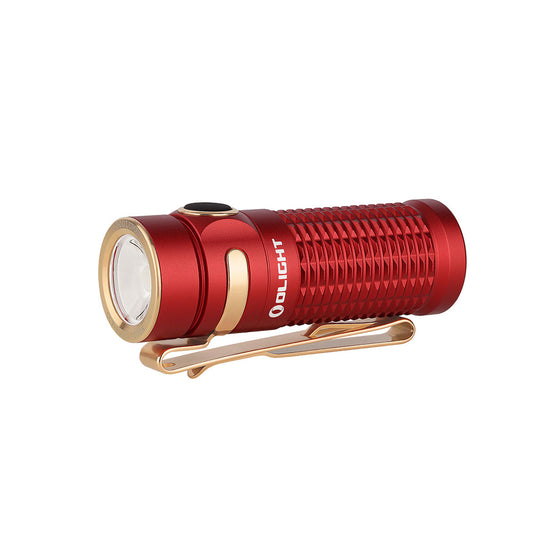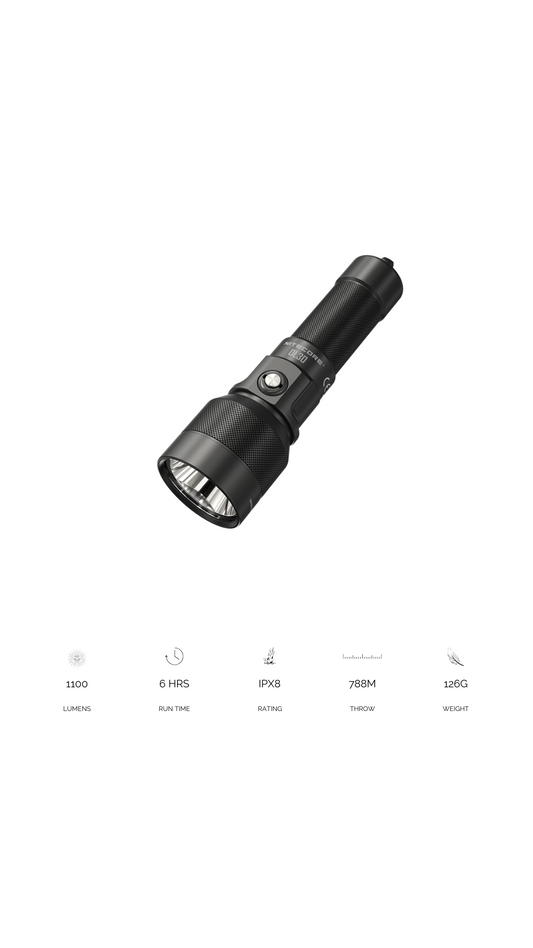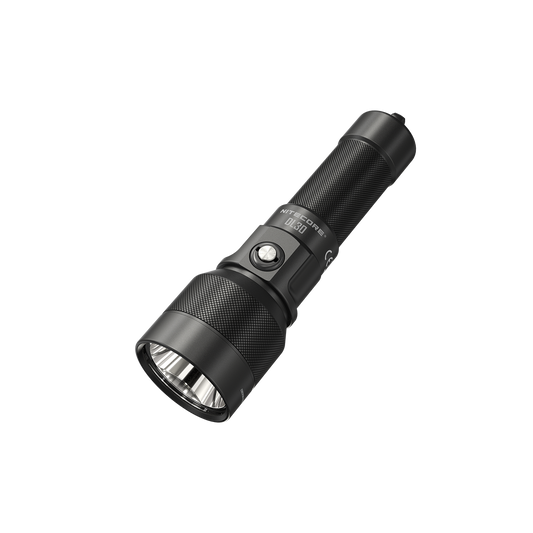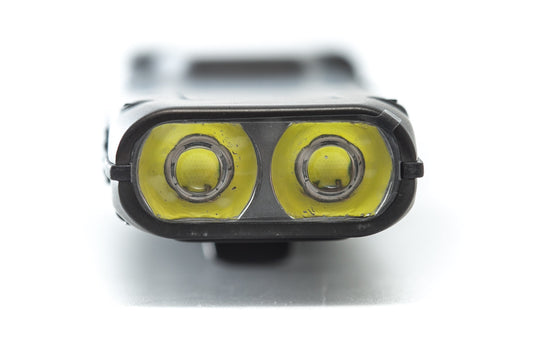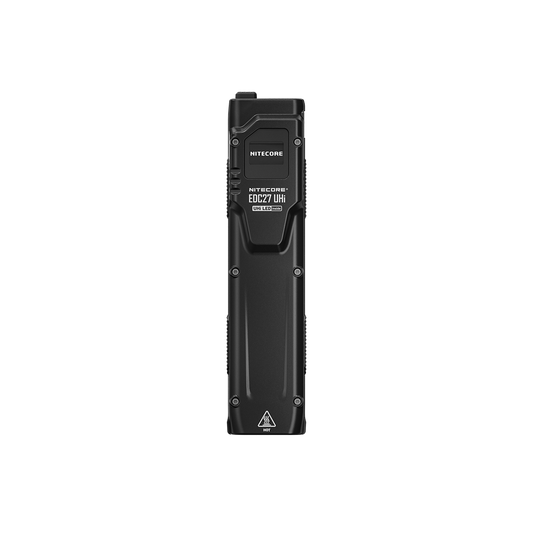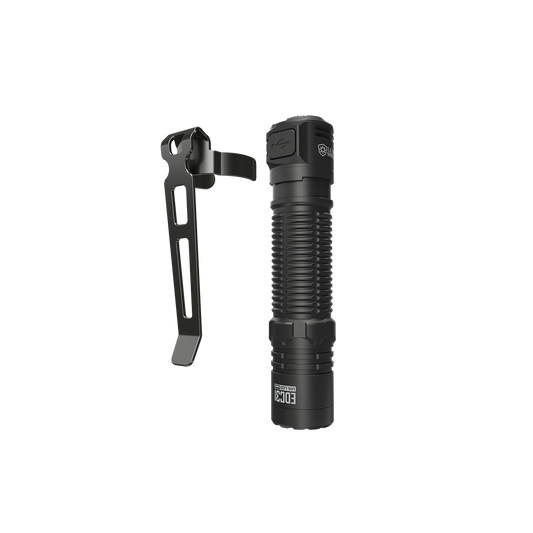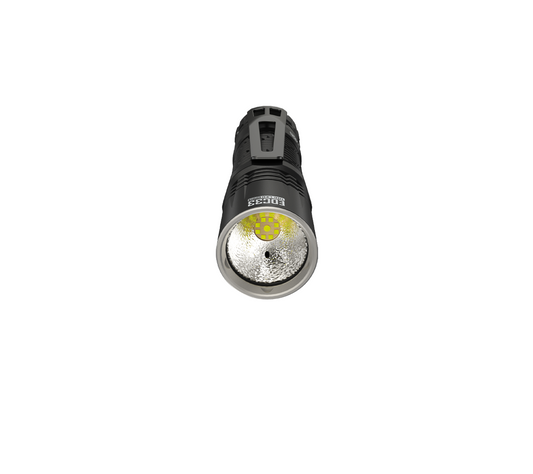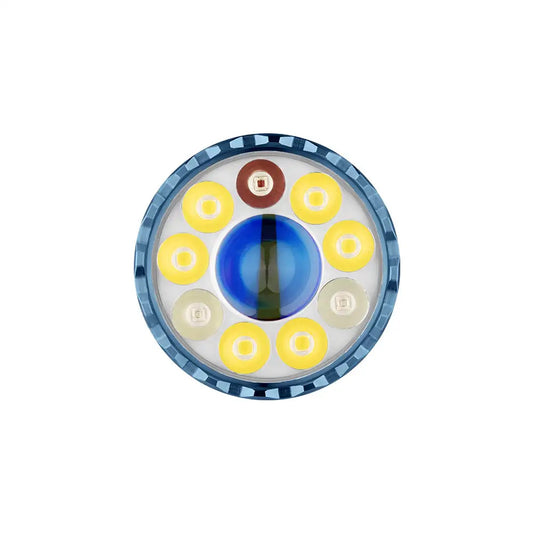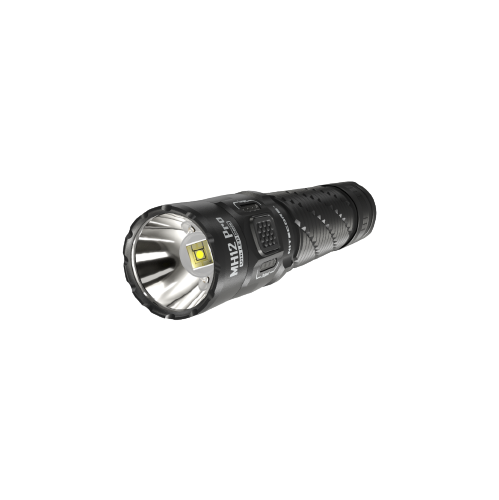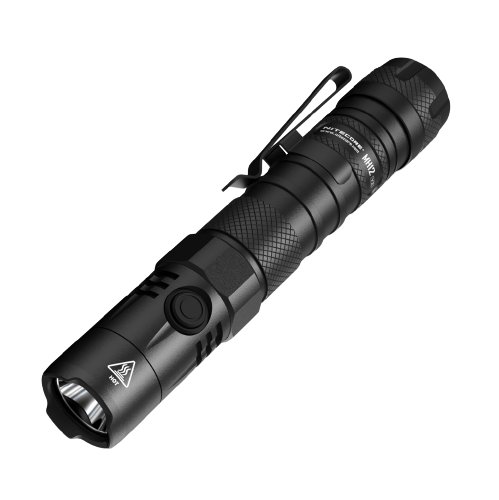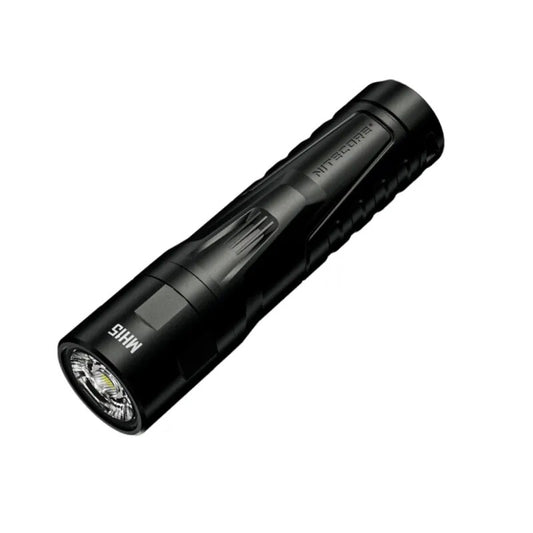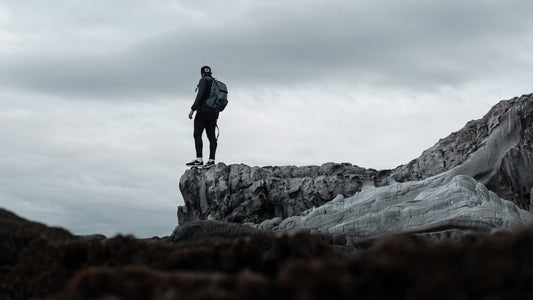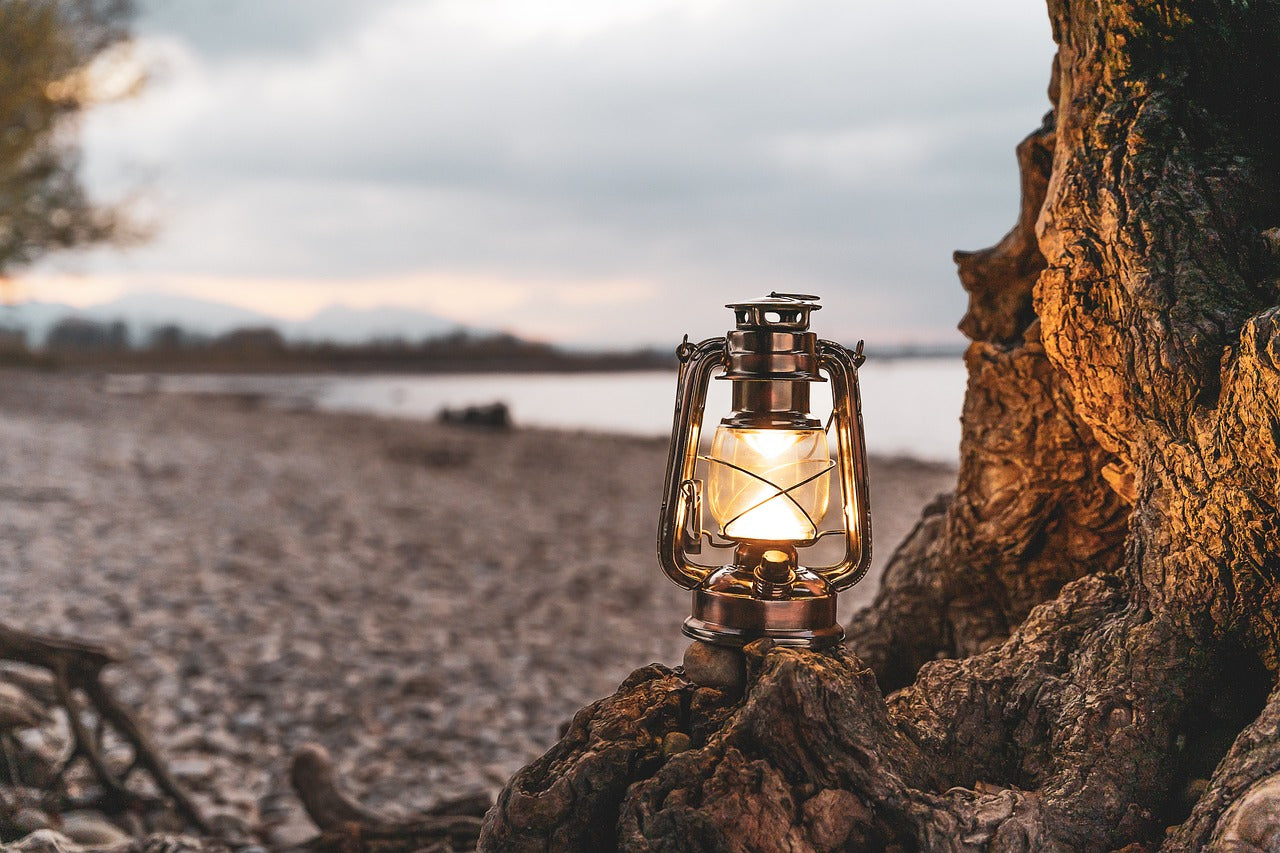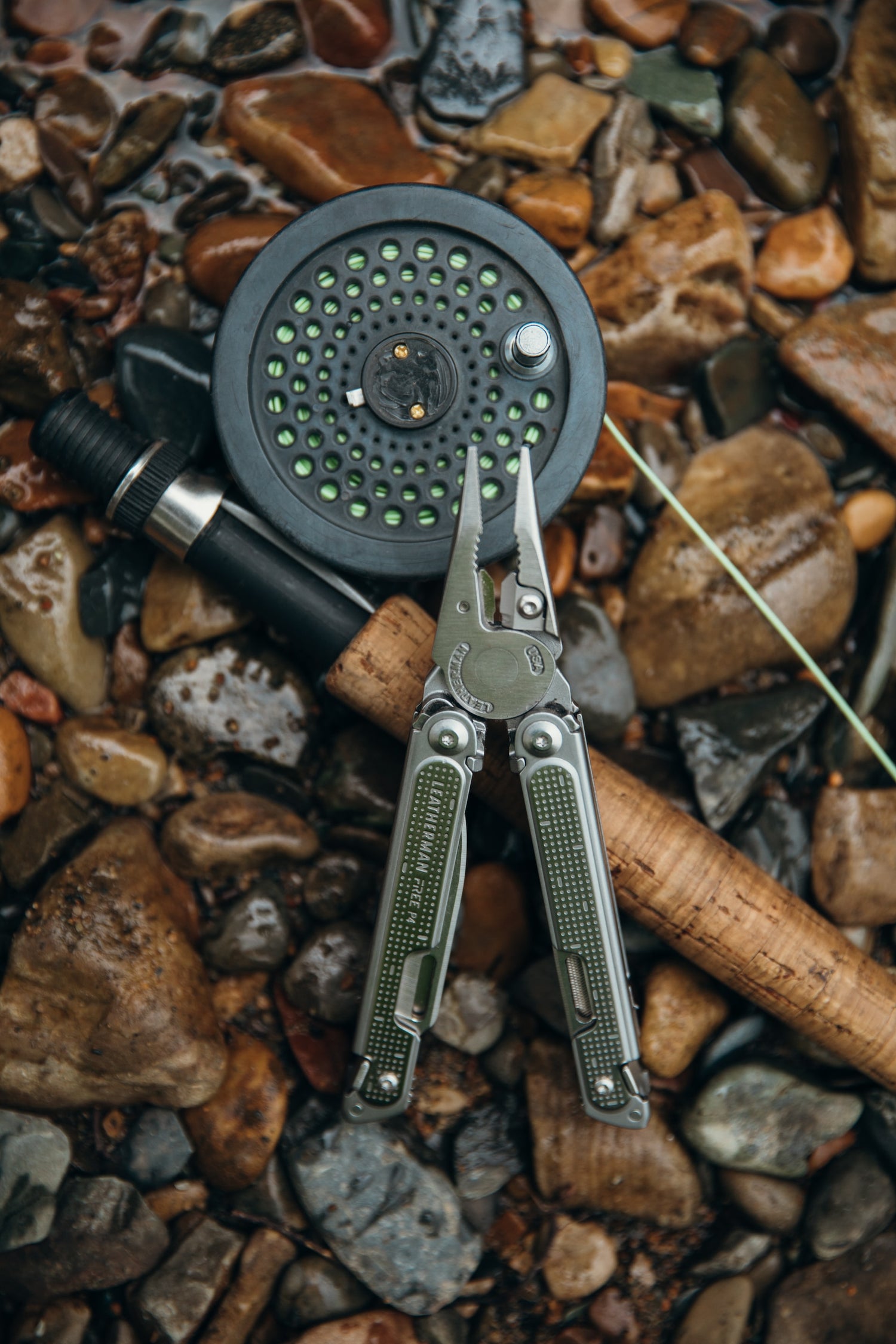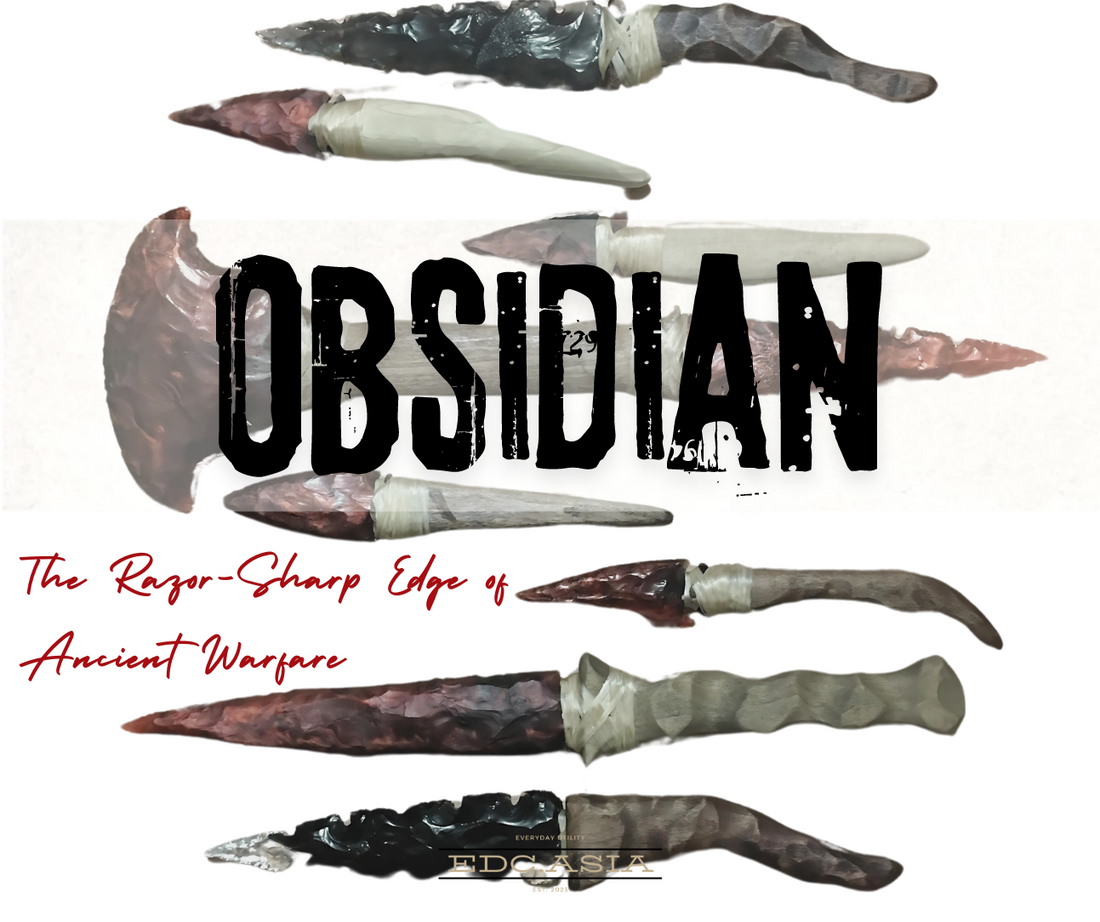
Obsidian: The Razor-Sharp Edge of Ancient Warfare - A Legacy Carved in Glass
Obsidian, a volcanic glass with an obsidian sheen and an inky blackness, wasn't just visually striking; it was a force to be reckoned with in the hands of skilled warriors. Forged not by fire but by the rapid cooling of lava, obsidian offered a distinct advantage over other readily available materials. This razor-sharp edge could inflict devastating wounds. This article delves deep into the fascinating story of obsidian, exploring its unique properties, the diverse weaponry crafted from it, its impact on ancient warfare, and its enduring legacy.

A Geological Marvel: The Birth of Volcanic Glass
Obsidian's journey begins within the fiery heart of a volcano. When molten rock, known as lava, erupts from the Earth's crust, it carries immense heat. However, not all lava flows are created equal. Some, like basaltic lava, are relatively fluid and cool slowly. This allows crystals to form within the lava, creating a rock with a rough, grainy texture – basalt. In contrast, other types of lava, particularly rhyolitic lava, are much more viscous and can cool incredibly rapidly. This rapid cooling prevents the formation of crystals, resulting in a glassy material – obsidian.
The rapid cooling process is crucial for obsidian's unique properties. Without time for crystals to form, the atoms in the lava are forced to lock into a disordered, glassy structure. This structure results in several key characteristics that made obsidian so valuable for ancient tool and weapon makers:
• Sharpness: The lack of crystal structure allows obsidian to fracture with incredibly smooth, shell-like edges called conchoidal fractures. These fractures create an edge that can be astonishingly sharp, rivaling the sharpness of some high-quality steel blades today.
• Brittleness: The glassy structure also makes obsidian quite brittle. While this may seem like a disadvantage, it has its place in weaponry. Unlike metal blades, which could bend or dull on impact, obsidian's brittleness meant it shattered upon striking bone. This resulted in jagged wounds that were difficult to heal and susceptible to infection.
• Color: Obsidian is typically black due to the presence of iron oxides within the lava. However, impurities can introduce a range of colors, including brown, green, and even a fiery red.

A Stone Age Arsenal: The Diverse Weaponry of Obsidian
The remarkable edge of obsidian made it a highly prized material for prehistoric tool and weapon making. Across the globe, cultures as diverse as those in Europe, Africa, Mesoamerica, and Oceania utilized obsidian for a variety of purposes:
• Arrowheads: One of the most common uses for obsidian was in the creation of arrowheads. Skilled artisans knapped (fractured) obsidian into thin, triangular points with razor-sharp edges. These obsidian arrowheads were incredibly effective at puncturing flesh and causing significant blood loss.
• Spear Points: Obsidian spear points functioned similarly to arrowheads but were designed for thrusting attacks with spears. The sharp obsidian tip could pierce through hide and inflict deep wounds.
• Knives and Daggers: Obsidian blades were also used for close-quarter combat in the form of knives and daggers. The sharp edge allowed for clean cuts, while the brittleness could create jagged tears upon impact, increasing the severity of the wound.
• Axes and Hatchets: While obsidian's brittleness makes it less than ideal for heavy chopping, some cultures used it to create axes and hatchets for lighter tasks like woodworking or butchering. In these cases, the obsidian blade would be hafted onto a sturdier wooden handle for increased stability.
• Scrapers and Drills: Beyond weaponry, obsidian's sharp edges found use in a variety of tools. Scrapers made from obsidian flakes were invaluable for processing hides, smoothing wood, and shaping bone. Obsidian drills were also used for creating holes in beads, ornaments, and other implements.
Crafting the Edge: The Art of Obsidian Knapping
The transformation of raw obsidian into deadly weapons and useful tools was an art form in itself. Skilled knappers utilized a variety of techniques to shape obsidian:
• Percussion Flaking: This method involved striking a core of obsidian with a hammerstone, typically made of bone or another hard rock. The impact would cause flakes of obsidian to detach, leaving a sharp edge on the remaining core.
• Pressure Flaking: This more precise technique involved applying focused pressure with a pointed implement, such as a deer antler tine, to specific points on the obsidian core. This pressure would cause a controlled fracture, allowing the knapper to create smaller, more delicate flakes with predictable shapes.
• Heat Treatment: Some cultures discovered that heating obsidian before knapping could improve its flaking properties. The heat treatment altered the internal structure of the obsidian, making it slightly more malleable and easier to shape without compromising its sharpness. This technique was particularly useful for creating smaller, more intricate tools and weapon points.

Beyond the Blade: Obsidian in Ritual and Social Status
While obsidian's primary role was in weaponry and toolmaking, its unique properties and striking appearance also held significance beyond practicality. Here are some of the symbolic and social uses of obsidian:
• Mirrors: Polished obsidian could be used as a reflective surface, making it a valuable tool for personal grooming and for symbolic purposes. For some cultures, obsidian mirrors were believed to possess mystical properties and were used in rituals and divination practices.
• Jewelry and Ornaments: Obsidian's beautiful black color and glassy luster made it a popular material for making beads, pendants, and other decorative items. These ornaments served not only as adornment but could also signify wealth and social status within a community.
• Ceremonial Blades: In some cultures, obsidian blades were not intended for everyday use. Instead, they were crafted specifically for ceremonial purposes, such as sacrifices or rituals. These blades might be more elaborately worked or imbued with symbolic meaning.

The Macuahuitl: A Deadly Symphony of Wood and Obsidian
Mesoamerican cultures, particularly the Aztecs, took the use of obsidian weaponry to a whole new level with the development of the macuahuitl. This fearsome weapon was a wooden club studded with obsidian blades along its edges. The design of the macuahuitl combined the blunt force trauma of a club with the savagery of obsidian's cutting edge.
The macuahuitl was typically crafted from a hardwood such as oak or mahogany. Obsidian blades, carefully knapped into pointed or serrated shapes, were then secured along the edges of the club using a combination of resin, twine, and thorns. The resulting weapon was brutal in its effectiveness. A single swing of a macuahuitl could inflict horrific injuries – the blunt force of the club could break bones. At the same time, the obsidian blades would slice through flesh, causing deep wounds that were prone to infection.
The Rise and Fall of Obsidian: A Material Outmatched
Despite its undeniable effectiveness, obsidian's reign as the weapon of choice eventually came to an end. With the discovery and development of metalworking, tools and guns made of bronze and then iron became more prevalent. Metal offered several advantages over obsidian:
• Durability: Metal is far more durable than obsidian. Unlike obsidian, which could shatter on impact, metal weapons could withstand repeated blows without breaking.
• Resharpenability: Metal blades can dull with use but can also be resharpened, unlike obsidian, which requires knapping a new edge entirely.
• Versatility: Metal could be heated and forged into a wider variety of shapes and sizes, allowing for the creation of more specialized weapons such as swords and axes.
As metalworking technology advanced, obsidian gradually fell out of favor for weaponry. However, it continued to be used for some tools and ceremonial purposes in certain cultures.

A Legacy in Sharpness: The Enduring Presence of Obsidian
While obsidian may have been surpassed by metal in warfare, its legacy lives on. Archaeological finds of obsidian weaponry across the globe stand as a testament to the ingenuity and deadliness of these prehistoric tools. Obsidian's ability to hold an edge and its ease of knapping made it a crucial part of a warrior's arsenal for millennia, shaping the way battles were fought in the earliest chapters of human history.
Beyond its historical significance, obsidian continues to fascinate the modern world. Its unique properties and striking appearance make it a popular material for collectors and artists. Modern experimentation with obsidian has even seen its use in specialized surgical scalpels that require exceptional sharpness.
A Razor-Sharp Legacy
Obsidian's story is one of human ingenuity and adaptation. From its fiery birth within volcanoes to its transformation into deadly weapons and sophisticated tools, obsidian has played a significant role in human history. While its reign as the dominant weapon material may have ended, its legacy as a symbol of sharpness, innovation, and the resourcefulness of early civilizations endures.
Beyond the Battlefield: Obsidian in Trade and Exchange
Obsidian's unique properties and relative scarcity made it a valuable commodity in prehistoric trade networks. The presence of obsidian artifacts in archaeological sites far from their source points highlights the importance of obsidian in cultural exchange. Here's how obsidian fueled trade and interaction:
• Sourcing and Distribution: Obsidian can only be found near volcanic activity. This localized availability created a natural demand for obsidian in regions where it wasn't readily available. Long-distance trade routes emerged, with communities specializing in obsidian sourcing and knapping techniques. Obsidian artifacts found in archaeological digs hundreds of kilometers from their source point demonstrate the reach of these trade networks.
• Value and Status: Obsidian's beauty and effectiveness as a tool and weapon material made it a valuable commodity. Obsidian tools and weapons were not just practical; they could also signify wealth and social status within a community. The possession of obsidian artifacts, particularly those made from high-quality obsidian or crafted into intricate shapes, could indicate an individual's prestige or position within a society.
• Cultural Exchange: The movement of obsidian wasn't just about the material itself. It also facilitated the exchange of ideas and cultural practices. As obsidian traveled across trade routes, so too did knowledge of knapping techniques, tool design, and even cultural symbolism associated with obsidian. This exchange of ideas helped shape and connect early societies in profound ways.

The Art of War: Obsidian Weaponry Across the Globe
To truly understand the impact of obsidian, we need to delve deeper into specific regions and cultures that utilized obsidian weaponry:
• Europe: In Europe, obsidian was a crucial material for tool and weapon making during the Paleolithic and Mesolithic periods (roughly 2.6 million to 11,700 years ago). Archaeological sites across Europe have yielded a wealth of obsidian arrowheads, spear points, and knives, showcasing the widespread use of obsidian in prehistoric European warfare.
• Africa: The continent of Africa holds a rich history of obsidian utilization. In East Africa, the Great Rift Valley served as a major source of obsidian, with obsidian artifacts found in sites dating back to the early Stone Age. Similarly, obsidian played a significant role in tool and weapon making in Central and Southern Africa.
• Mesoamerica and the Andes: As mentioned earlier, the Aztecs of Mesoamerica employed the macuahuitl, a fearsome obsidian-studded club. Further south in the Andes region, obsidian blades were used in conjunction with wooden spears and atlatls (spear-throwers) for hunting and warfare.
• Oceania: Across the vast expanse of the Pacific Ocean, obsidian was a vital material for island cultures. In Australia and New Guinea, obsidian tools and weapons played a crucial role in everyday life and warfare. Even on remote islands like Easter Island, obsidian artifacts have been discovered, highlighting the extensive trade networks that existed in Oceania.

A Glimpse into the Lives of Obsidian Warriors
Obsidian weaponry wasn't just about inflicting physical damage; it shaped the tactics and strategies of ancient warfare. Here's a glimpse into the lives of obsidian warriors:
• Training and Skill: The effective use of obsidian weaponry required significant skill and training. Warriors needed to master techniques for throwing spears, aiming arrows, and wielding obsidian-bladed weapons in close combat. Practice with obsidian tools could also hone their skills in hunting and tool manipulation.
• Psychological Impact: The sheer sharpness and deadliness of obsidian weapons undoubtedly had a psychological effect on enemies. The knowledge that a single strike from an obsidian blade could cause a devastating wound likely instilled fear and apprehension in opposing forces.
• Hunting and Defense: Obsidian weaponry wasn't solely used for warfare. It also played a vital role in hunting and defense against predators. The ability to take down large prey animals or defend against wild beasts was crucial for survival in the harsh environments of the past.
The Ethical Considerations: A Shadow Cast by Sharpness
The story of obsidian and warfare isn't without its dark side. The effectiveness of obsidian weaponry undoubtedly led to increased casualties and violence in conflicts. While the specifics of ancient warfare are often shrouded in mystery, the archaeological evidence reveals a world where violence was a regular occurrence. Considering the severity of wounds inflicted by obsidian weapons, it's clear that warfare in the obsidian age was a brutal and bloody affair.
A Legacy Carved in Time
Obsidian's journey from fiery volcanic rock to a symbol of human ingenuity and deadliness is a story that continues to captivate us. By examining its properties, the diverse weaponry crafted from it, and its impact on ancient warfare, we gain a deeper understanding of human ingenuity, adaptation, and the brutal realities of conflict in the earliest chapters of our history.
Beyond the Battlefield: Obsidian's Enduring Allure
Obsidian's captivating qualities extend far beyond its historical significance in warfare. Here's a deeper look at its enduring appeal in various fields:
• Modern Science and Medicine: Obsidian's remarkable sharpness has garnered renewed interest in modern times. Researchers are exploring the potential of obsidian scalpels for specialized surgical procedures requiring exceptional precision. Obsidian's natural sterility and ability to hold an incredibly sharp edge make it a potentially valuable tool in specific surgical applications.
• Art and Adornment: The beauty of polished obsidian continues to inspire artists and craftspeople. Obsidian sculptures, jewelry, and decorative objects are prized for their unique luster and captivating depth. The artistry of modern obsidian knappers has also emerged, pushing the boundaries of design and functionality with this ancient material.
• Mythology and Folklore: Obsidian's association with darkness, sharpness, and volcanic origins has imbued it with symbolic meaning in various cultures. Across the globe, obsidian is associated with protection, divination, and connection to the spirit world. These symbolic interpretations continue to influence modern beliefs and practices.

A Window into the Past: The Power of Archaeology
Obsidian's role as a durable and easily identifiable material makes it invaluable for archaeologists. The presence of obsidian artifacts in archaeological digs provides crucial insights into:
• Trade Networks: As mentioned earlier, obsidian's presence in locations far from its source point allows archaeologists to map trade routes and understand the extent of cultural exchange in the past.
• Cultural Practices: The types of obsidian tools and weapons found at archaeological sites can shed light on the hunting techniques, warfare strategies, and everyday life of past societies. Studying obsidian knapping methods and styles can also offer clues about cultural interaction and influence.
• Dating Techniques: Obsidian hydration dating can be used to estimate the age of obsidian artifacts. This technique relies on the principle that over time, water slowly penetrates the surface of obsidian, forming a hydration rind. By measuring the thickness of this rind, archaeologists can gain an approximate age for the artifact.
Conservation and Preservation: Protecting a Legacy
The legacy of obsidian is not just about the past; it's about ensuring its presence for future generations. Here's a look at the ongoing efforts to conserve and preserve obsidian artifacts:
• Museum Collections: Museums play a vital role in preserving obsidian artifacts and making them accessible to the public. Proper storage and conservation techniques are crucial in preventing the degradation of these valuable historical objects.
• Sustainable Sourcing: With the increasing demand for obsidian in modern applications, ensuring sustainable sourcing practices is critical. Responsible management of obsidian quarries helps protect natural resources and preserve archaeological sites.
• Public Education: Raising awareness about the importance of obsidian in human history can encourage responsible exploration, collection, and appreciation of this unique material.
A Legacy Sharper Than Time
Obsidian's story is a testament to human ingenuity, adaptation, and the enduring allure of beauty and sharpness. From its fiery origins to its transformation into deadly weapons and sophisticated tools, obsidian has shaped the course of human history. While its reign as the dominant tool of warfare may have passed, its legacy lives on in archaeological finds, artistic creations, and scientific exploration. As we continue to learn from obsidian and its role in the past, we ensure that its captivating story remains sharp for generations to come.


